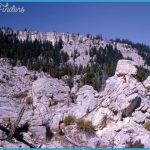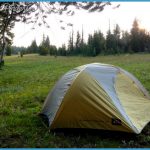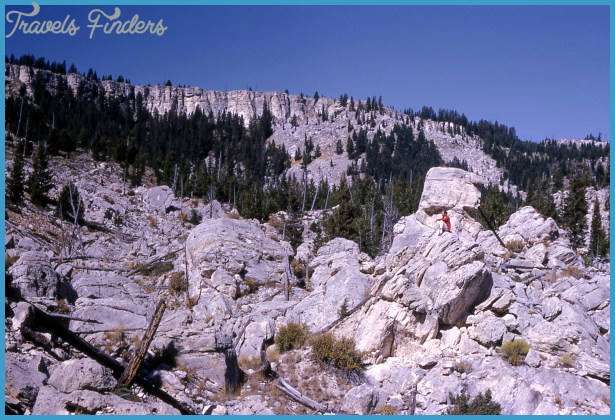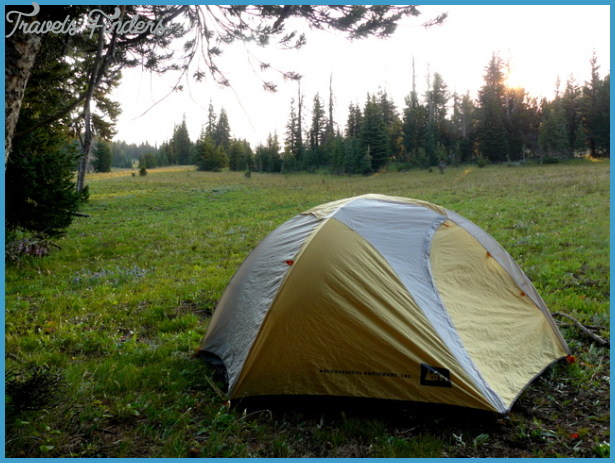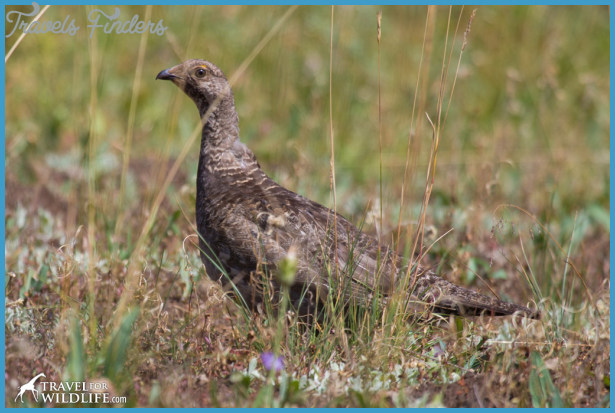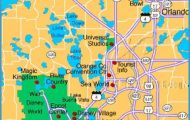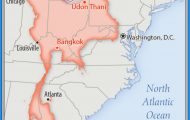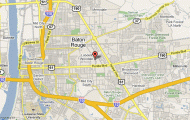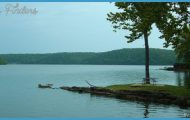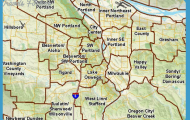To geologists, a hoodoo is a standing column or odd shape left when sedimentary rock has eroded unevenly. The process of making hoodoos began when the lava flows and ash falls in the extensive Absaroka Range volcanic mountains were eroded. Rain sometimes turned the slopes to mud, mud slides came surging down the mountains, filled the valleys, and hardened into conglomerate rock, a sedimentary rock that consists of fragments from previously formed rock. The fragments range in size from tiny up to greater than fist size. Over the millennia, other lava flows covered some of these sediments. After relatively minor earth stresses fractured the rocks, rain and the freezing and thawing of water in the vertical cracks eroded the rock to form cliffs or columns.
The tops of the columns occur where a layer of rock more resistant to erosion sheltered the underlying soft layers. Some of these columns developed into the bizarre shapes called hoodoos. Observers have used their imaginations and given names to about 60 of these hoodoos. At one of them, Chimney Rock, about 16 miles (26 km) west One of the most easily recognized hoodoos is Goose Rock.

